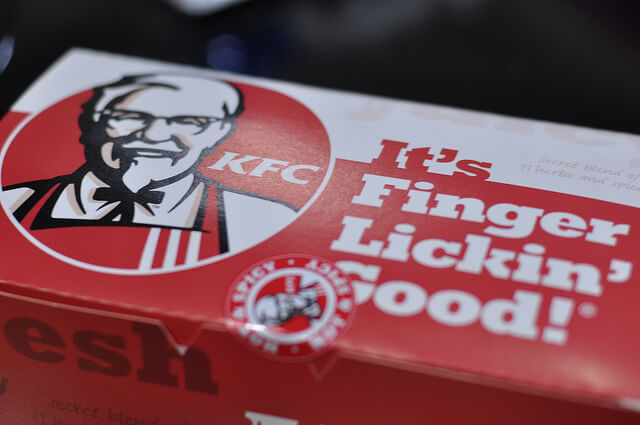Translating packaging can be problematic at the best of times; do you need to alter images? Will the target language fit the dimensions on the packaging? Or, are there regulations you need to consider?
Regulations in place all around the world mean it is vital you use the correct information on packaging labels. This can include all ingredients on food stuffs, dangers, precautions and allergens on cosmetics, and also, the prevention of false claims.
Compliance is challenging, even in the source language, but can be even trickier when multiple other languages are required.
Ensuring you get your packaging design and translation right is vital to the success of your product, and brand, in overseas territories. The following information will help you:
Automatic Translation for Packaging
Relying on AI translations, or automatic translation, is not a viable option for packaging translations. Packaging translations should be human authored, edited and proof-read, to avoid any mistakes, deviations or errors.
In the EU pharmaceutical labels must be presented in the official language/s of the country they are sold in. This is because, if patients or consumers aren’t certain how to use a product, there could be disastrous, life-threatening consequences.
Specific requirements may vary from country to country, but within the EU drug labelling must contain an identical meaning in each language that is available on the label. This calls for a detailed translation by expert linguists who are fluent in multiple languages.
Using the services of a professional, native speaking translator, who also has extensive experience within specific industries or technologies, is vital in ensuring your translated packaging is legitimate, and accurate.
Other issues arise when using colloquial or metaphorical language which is not directly transferable into another language or culture. For instance, KFC’s first translation of their slogan “finger lickin’ good” into Chinese came out as “eat your fingers off”!
Translation or Localisation?
Translation is the process of changing a text from one language into another, in an almost word for word adjustment. The message of the original text is transferred so it can be understood in the new language. However, translation does not account for regional difference, local dialect variations, idioms, nuance, humour, different formatting, and so on.
If your translated packaging requires a more in depth modification, or needs to appeal to a specific target audience, then localisation could be the answer. For instance, if you are selling a UK based product to an Arabic-speaking country, such as Saudi Arabia, you’ll need to be aware of differences in accepted norms for images of women, religion, and so forth. Failure to incorporate regional change can have a negative impact upon marketing and company branding.
Cultural awareness of the target country will allow you to localise your packaging to encompass broader cultural issues ensuring you consider elements such as, if a consumable product is Halal, if it contains alcohol, or if it complies with regulations.
There are also technical details, such as formatting to consider. Some countries display different date formats; the US use month/day/year, whereas, the UK use day/month/year. Localisation will ensure your packaging uses the correct format for the area you are targeting.
Layout is another technical consideration that localisation can help overcome when translating packaging from one language to another. For instance, when translating into Arabic, where the text is read from right to left, the packaging is an almost mirror image of the original. Likewise, some languages cause text expansion (where the target language is longer than the original) so label sizes, packaging and so on, might need to be adjusted.
Industry Specific Knowledge
Regulations in place around the world mean that for some types of product the packaging, and labelling, must be totally accurate. Wrong contents, misspellings, incorrect translations, or inaccurate instructions can lead to company fines or health risks for consumers.
When translating text for packaging it is vital you use a translation provider who is well-acquainted, not only with both the source and target language, but also with the specific industry you work within.
For example, if you are a UK based pharmaceutical company planning to advance into a Middle Eastern market, you might consider using a translation company that utilise medically trained translators who are native Arabic speakers. This will ensure your packaging is correctly translated with rigorous attention to detail, and industry specific know-how.
Packaging labels often use industry specific terms, phrases or ingredients which may have little meaning once taken out of their original context. Using a translator who is trained in your field will give peace of mind, accuracy and value for money.
There are some instances where it is not necessary to translate ingredients. For example, cosmetics products are subject to common regulations throughout the EU so translation is unnecessary for ingredients.
Using the services of a professional translation provider will ensure your packaging design and translations have been through a rigorous process of localisation, with a high degree of accuracy and validity. Your new packaging should now appeal to consumers, while also complying with regulation guidelines for your target audience and country.












